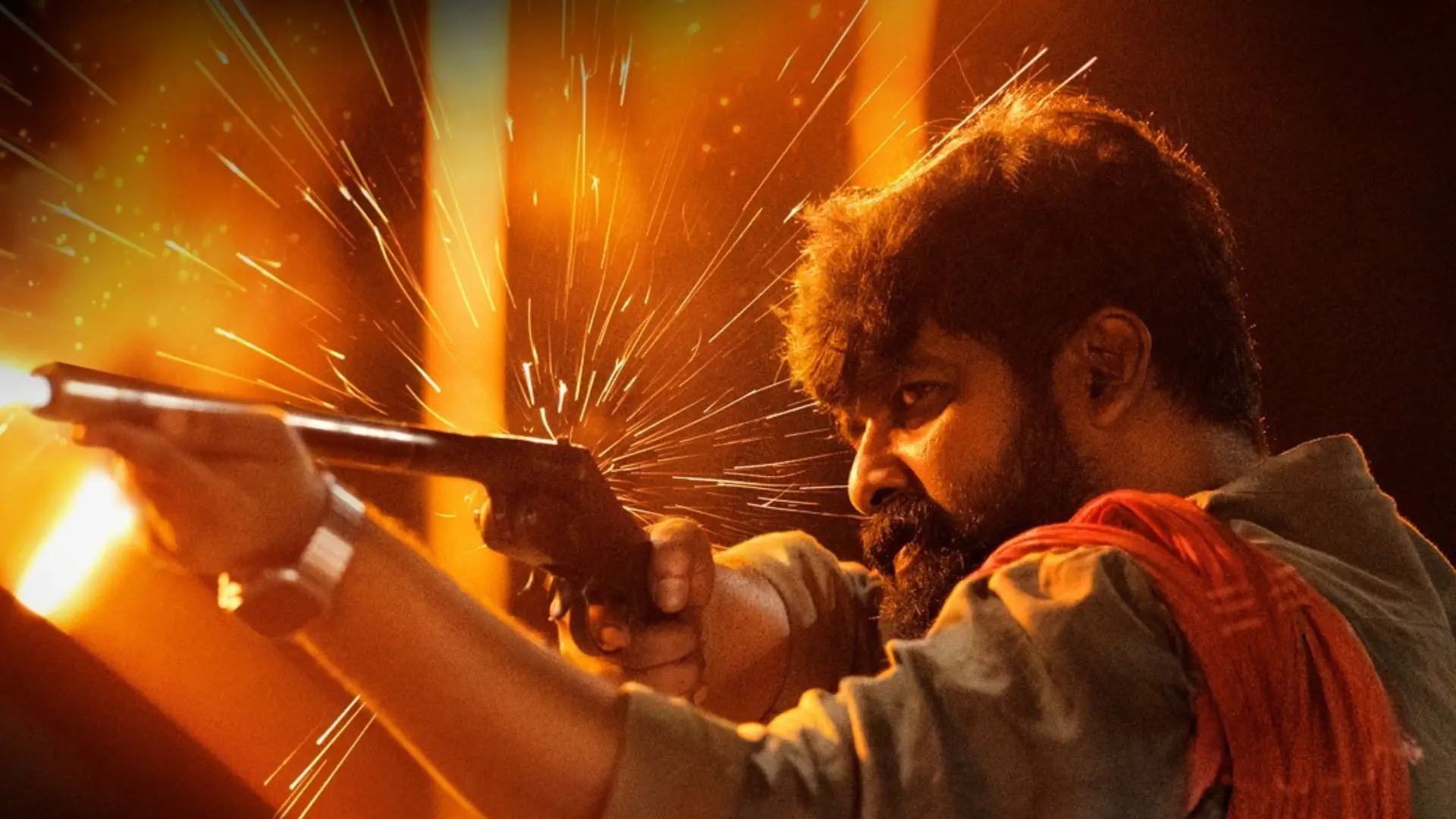The Uttar Pradesh government has decided to reopen the investigation into the deadly Sambhal riots that occurred 46 years ago.
The riots, which took place in what was then part of Moradabad district, resulted in the deaths of nearly 184 people. In 2010, all the accused were acquitted due to lack of evidence, but now, after decades, the state government has ordered a fresh probe.
The decision comes after MLC Shrichand Sharma submitted a letter on December 17, 2024, urging the government to investigate the riots. Home Secretary Satyendra Pratap Singh took cognizance of this letter on January 6, 2025, and instructed Sambhal’s SP, Krishan Kumar Bishnoi, to submit a report within 7 days.
The investigation will be led by Additional SP Shreesh Chandra, with assistance from the District Magistrate, Rajender Pensiya, who has been tasked with appointing an official from the administration to join the inquiry.
The 1976 riots in Sambhal were triggered by the murder of a mosque cleric, leading to widespread violence and unrest. The city was placed under curfew for two months as the violence escalated. At the time, the Janata Party was in power, and Ram Naresh Yadav served as the Chief Minister.
The most severe of these riots occurred on March 28, 1978, when tensions between two communities over a Holika Dahan location led to widespread violence. A rumor circulated that a shopkeeper from one community had killed a person from another, igniting the riots. Many residents sought refuge in the office of SDM Ramesh Chandra Mathur, while others fled to safer areas.
Among the many stories of heroism, businessman Banwari Lal sheltered shopkeepers in his brother-in-law Murari Lal’s mansion. Tragically, rioters breached the gate with a tractor and killed 24 people inside. Curfew was imposed for over 30 days to curb the violence. The death toll from the riots is believed to have reached 184, with many bodies never recovered, and effigies were cremated in place of the victims.
Banwari Lal was among the prominent casualties. Despite warnings from his family, he went into the riot-affected area, calling everyone his brother and friend. He was captured by the rioters, who brutally mutilated him, severing his limbs. In total, 48 people were accused in connection with the violence. However, due to lack of evidence, they were all acquitted in 2010.
The judge who delivered the verdict expressed disbelief, remarking that it was incomprehensible that none of the accused had been punished more severely.
Banwari Lal’s family left Sambhal in 1995, unable to come to terms with the loss and the subsequent lack of justice.
The fresh investigation is being closely watched, as it could finally provide some measure of justice to the victims and their families after decades of uncertainty. The case serves as a painful reminder of the long-lasting scars left by communal violence and the challenges of seeking justice for such heinous crimes.
Read More: Supreme Court Grants Relief To Telugu Actor Mohan Babu; Asks Police To Not Take Coercive Action



















